单细胞测序研究进展(单细胞测序 英语)
In the rapidly evolving field of genomics and molecular biology, single-cell sequencing technology has emerged as a groundbreaking advancement. This article delves into the significance of single-cell sequencing, its applications, and its impact on scientific research, particularly in the English-speaking scientific community.
**Introduction**
Single-cell sequencing technology allows scientists to analyze the genetic material of individual cells, providing unprecedented insights into cellular heterogeneity and the complex interactions within biological systems. By overcoming the limitations of bulk tissue analysis, single-cell sequencing has become a cornerstone of modern molecular biology research.
**The Principle of Single-Cell Sequencing**
Single-cell sequencing involves isolating individual cells from a tissue sample and then sequencing their DNA or RNA. This process is typically carried out using high-throughput sequencing platforms, which can generate millions of short reads that are then assembled into longer sequences representing the genomic or transcriptomic content of the cells.
**Advantages of Single-Cell Sequencing**
1. **Cellular Heterogeneity**: Single-cell sequencing reveals the genetic and transcriptomic differences between individual cells, which is crucial for understanding the diversity within tissues and the role of individual cells in disease development.
lored to the genetic makeup of each patient.
3. **Environmental Interactions**: Single-cell sequencing helps to study how cells respond to their environment, providing insights into the complex interplay between cellular processes and external factors.
**Applications in English-Speaking Scientific Research**
The impact of single-cell sequencing technology is profound across various scientific disciplines:
1. **Cancer Research**: Single-cell sequencing has been instrumental in understanding the genetic heterogeneity of tumors and identifying potential therapeutic targets.
2. **Neuroscience**: By analyzing individual neurons, researchers are uncovering the complexities of neural networks and their role in diseases like Alzheimer's and Parkinson's.
led mapping of the immune system's response to infections and the identification of key players in immune responses.
4. **Developmental Biology**: This technology has provided new insights into the differentiation and development of cells during embryogenesis.
**Challenges and Future Directions**
While single-cell sequencing has revolutionized biology, it also presents challenges, such as the need for advanced bioinformatics tools for data analysis and the high costs associated with the technology. Future directions include improving the throughput and reducing the costs of single-cell sequencing, as well as developing novel approaches for multiplexing and spatial analysis.
**Conclusion**
Single-cell sequencing technology has transformed the landscape of biological research, offering English-speaking scientists powerful tools to explore the intricacies of cellular biology. As this technology continues to advance, its applications will expand, leading to significant breakthroughs in medicine, biotechnology, and environmental science.


 English
English

